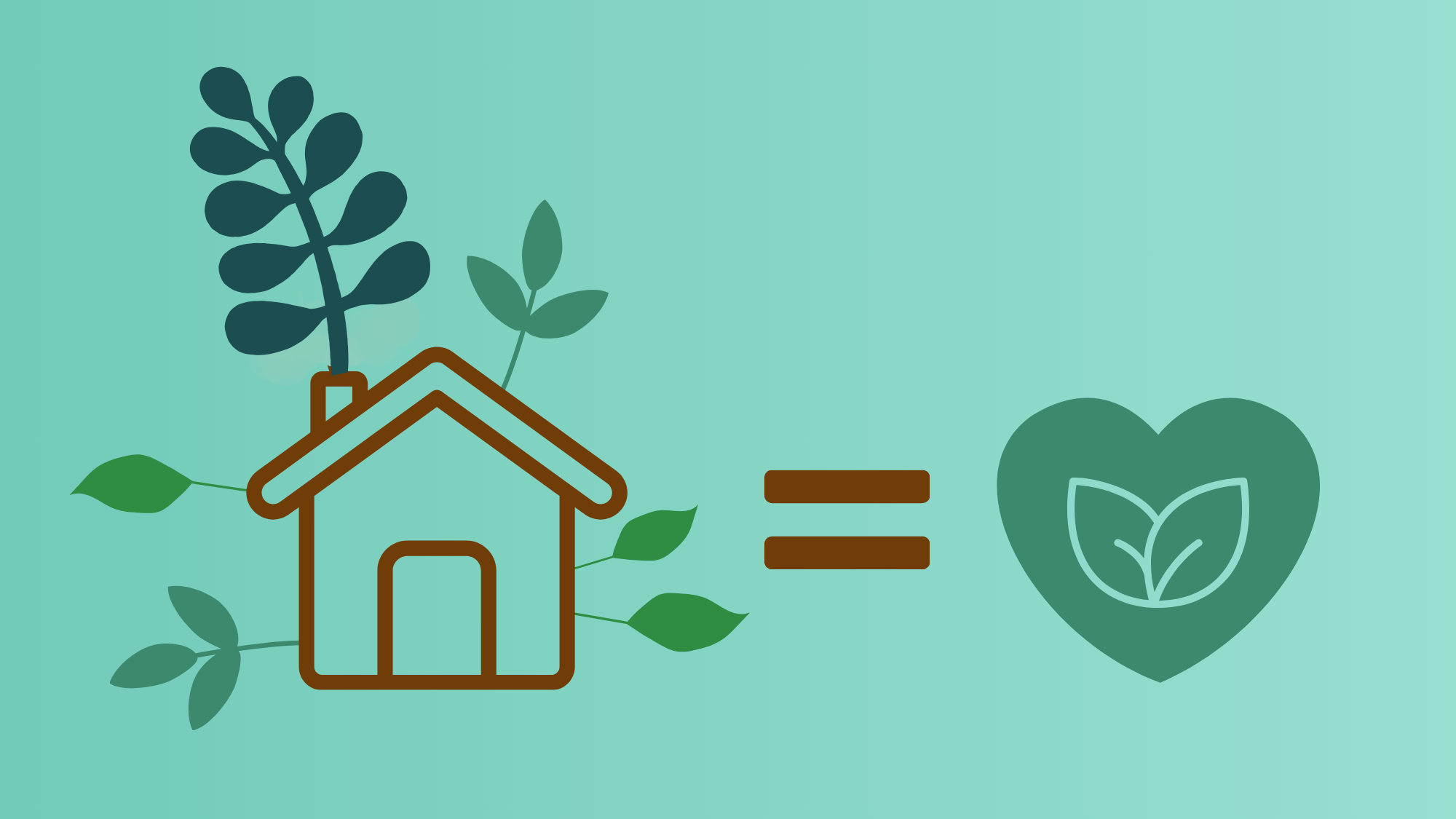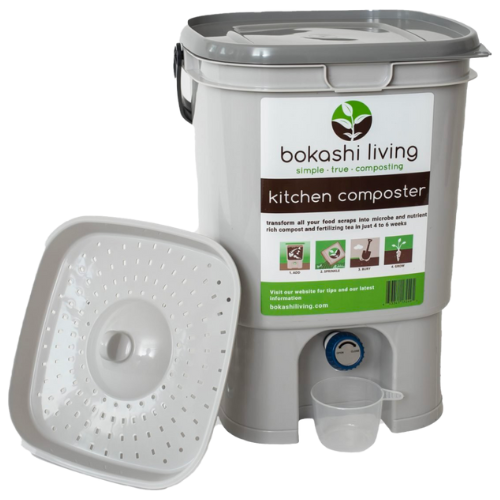
I’ve always been passionate about living more sustainably, but it wasn’t until the last few years that I really started diving deep into how I could turn my home into an eco-friendly and low-waste haven. The truth is, creating a sustainable home doesn’t happen overnight, but it’s entirely doable—and every small change makes a difference. If you’re like me and want to live more consciously, this guide will help you get started with practical tips to reduce waste, conserve energy, and make better choices for our planet.
Start With Small Steps: Reducing Waste at Home
Let’s be real—waste piles up quickly in our homes, from plastic packaging to food scraps. For me, tackling waste reduction started with a few simple habits that anyone can adopt.
1. Composting at Home

Composting is one of the easiest and most impactful ways to reduce waste. I used to toss all my food scraps in the trash without thinking twice, but once I started composting, I was amazed at how much waste I diverted from landfills. Plus, it turns your food waste into nutrient-rich soil for plants!
You don’t need a big yard to compost. There are compact indoor composting systems that fit perfectly under the sink or on a balcony, like the Bokashi Composting System. It’s a great option for apartment dwellers or anyone short on outdoor space.
2. Opt for Zero-Waste Kitchen Products
I’ll admit, going zero-waste in the kitchen can feel overwhelming at first. But here’s what helped me: I started small, replacing one thing at a time. Switching from paper towels to reusable cloths and from plastic wrap to Beeswax Wraps was a game changer. I also ditched disposable sponges for compostable kitchen scrubbers made from coconut fibers.
Buying in bulk was another big shift. Using glass jars to store grains, nuts, and other pantry staples not only reduced my plastic waste but also made my kitchen look super organized!
Conserve Energy and Water: Simple Ways to Make a Big Impact
Reducing energy and water use doesn’t just help the planet—it can save you money, too. I’ve been surprised by how much I’ve been able to cut back just by making a few mindful changes.
1. Energy-Efficient Appliances and Lighting
One of the best decisions I made was investing in energy-efficient appliances. The upfront cost might seem high, but the long-term savings on energy bills are worth it. If you’re renovating or upgrading your home, look for appliances with the ENERGY STAR label—they use less electricity and water compared to standard models.
For lighting, I switched all my bulbs to LED lights, which last longer and use significantly less energy than traditional incandescent bulbs. Not only did I see a difference in my electricity bill, but I also don’t have to worry about changing bulbs as often.

2. Reducing Water Usage
Saving water is another big part of living sustainably. I started by installing low-flow showerheads and faucet aerators—small changes, but they’ve made a big difference in my household’s water consumption.
Another tip? Get in the habit of turning off the tap while brushing your teeth or shaving. It might seem like a tiny thing, but every little bit adds up. I also invested in a rain barrel for outdoor use, which collects rainwater that I use for watering plants.
Use Sustainable Materials for Home Renovations
When it comes to home renovations, choosing sustainable materials is one of the most impactful things you can do. I’ve been slowly working on making my home as eco-friendly as possible, and here’s what I’ve learned along the way.
1. Sustainable Flooring

If you’re thinking of redoing your floors, consider eco-friendly options like bamboo or cork flooring. Bamboo grows incredibly fast, making it a renewable resource, and cork is harvested from the bark of cork trees without damaging the tree itself. I love the natural look of both materials, and they’re much more sustainable than traditional hardwood or carpet.
2. Reclaimed Wood and Recycled Materials
Another fantastic option for renovations is using reclaimed wood. Not only does it reduce the demand for new lumber, but it also adds character to your home. I’ve used reclaimed wood for shelves and accent walls, and I love how it gives my space a rustic, unique vibe.
You can also look for recycled glass or metal for countertops, tiles, and fixtures. These materials are durable, stylish, and environmentally friendly.
Eco-Friendly Cleaning: Go Green With Your Products
It wasn’t until I started reading the labels on my cleaning supplies that I realized how many harmful chemicals I was introducing into my home. Switching to eco-friendly cleaning products has not only helped the environment but has also made my home feel healthier and fresher.
1. DIY Cleaning Solutions
One of my favorite discoveries was how easy it is to make your own cleaning products. A simple mix of vinegar, baking soda, and water can tackle most cleaning jobs without harsh chemicals. Adding a few drops of essential oils, like lemon or tea tree, gives it a fresh scent.
If you don’t have time to DIY, I recommend brands like Seventh Generation and Method—both offer effective, plant-based cleaning solutions that are tough on dirt but gentle on the planet.
2. Sustainable Cleaning Tools
I swapped out plastic scrub brushes and synthetic sponges for more sustainable options. Wooden dish brushes with natural bristles, biodegradable scrub pads, and reusable spray bottles have helped me reduce plastic waste in my cleaning routine. Plus, they look much nicer in the kitchen!
Green Habits for Everyday Life
Creating an eco-friendly home goes beyond renovations and products—it’s about developing habits that reduce your environmental footprint day by day. Here are a few practices I’ve integrated into my life that you can easily adopt:

1. Buy Less, Choose Well
It can be tempting to buy new things constantly, but one of the best things we can do for the environment is to consume less. Before making any purchase, I ask myself if I really need it and if there’s a sustainable alternative available. Thrift shopping or opting for second-hand furniture has become my go-to, and it’s often more affordable, too.
2. Support Local and Sustainable Brands
When possible, I try to support local businesses and brands that prioritize sustainability. From locally sourced produce to handmade home goods, choosing eco-friendly and locally made products reduces the carbon footprint associated with shipping and manufacturing. Look for certifications like Fair Trade, Organic, or B Corp when shopping for eco-conscious products.
Every Little Change Counts

Creating an eco-friendly, low-waste home isn’t about perfection. It’s about making small, mindful changes that add up over time. For me, the journey toward sustainability has been a rewarding one. I feel good knowing that I’m doing my part to reduce my environmental impact, and my home has never felt more peaceful and connected to nature.
If you’re just starting on your sustainable living journey, don’t feel like you have to do it all at once. Pick one area to focus on, whether it’s reducing your kitchen waste, conserving water, or switching to eco-friendly cleaning products. As you make these changes, you’ll find that living more sustainably becomes second nature—and your home, the planet, and future generations will thank you for it.
Leave a Reply